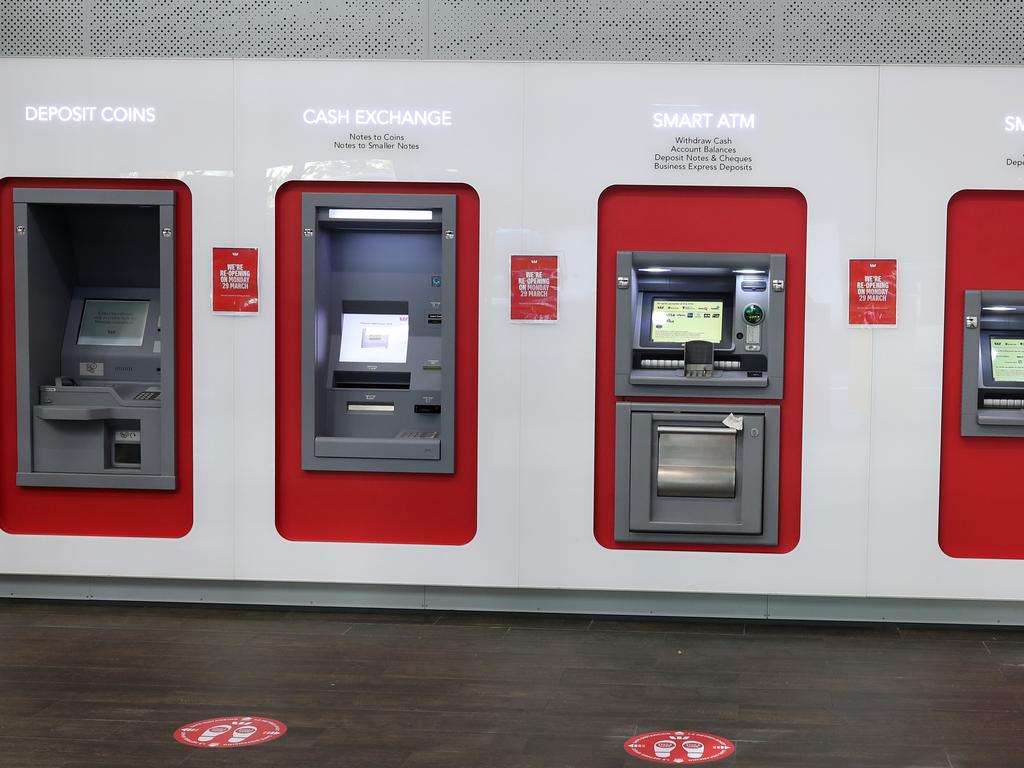Hedging wins can be big for the international investors
Investors choosing overseas funds gained 20 per cent in the past year but ‘hedged’ investors managed 35 per cent. Here’s how it all works.

Investors with broad exposures to international shares have achieved returns averaging more than 20 per cent over the last year, thanks to the strong rebound on global share markets.
But returns have been even higher for other investors who have exactly the same international shares exposures.
The only difference between the two groups is that the these investors have had their investment holdings hedged (or tied) to the Australian dollar instead of to the currencies that underlie the international shares.
As well as broad sharemarket gains, there have also been currency gains for the hedged Australian dollar investors.
And the reason for the higher Australian dollar hedged returns over the last 12 months is fairly simple.
Since mid-2020 our dollar has gained around 15 per cent against the US dollar. It has also appreciated by similar levels against other major currencies.
After a sharp exchange rate drop during the early part of 2020 to less than US60c, reflecting the sudden onset of the Covid-19 pandemic, the Australian dollar has been trading above US75c.
When added to the average international shares return of just over 20 per cent, those currency tailwinds have lifted the 12-month average performance for Australian dollar hedged international shares exposures to more than 35 per cent.
The gains by the Australian dollar have been driven by a wide range of factors, but chief among them has been the federal government’s numerous support measures to stimulate economic growth and protect jobs.
These measures have been underpinned by the Reserve Bank of Australia’s massive government bonds-buying program to help inject money into the Australian economy.
A continuation of that program will likely provide further support for the Australian dollar, and we may know more about the RBA’s near-term intentions from the minutes of its July monetary policy meeting on Tuesday.
Currency hedging involves the use of forward exchange-rate contracts to effectively lock in fixed currency rates on a rolling basis, to reduce the impact of foreign currency fluctuations on the value of non-Australian dollar assets for an Australian investor.
Think of hedging as being similar to converting your Australian dollars into US dollars six months before you head to the United States, because you want to lock in the current exchange rate in case the Australian dollar drops in value before you take off. It’s a form of insurance policy.
Many managed funds and exchange-traded funds that invest in international assets offer both hedged and unhedged versions of the same fund.
So, the question begs, are investors with international exposures generally better off being hedged to the Australian dollar or unhedged?
Choosing between the two options is a personal preference but, as illustrated above, the difference in annual returns can sometimes be quite pronounced.
Hedging international assets to the Aussie dollar has paid off over the past year, but when dealing with foreign currencies there are never any guarantees conditions will stay the same.
Keep in mind that the Australian dollar reached a near-term peak of US80c in late February and has since dropped back to its current trading level.
It’s anyone’s guess whether the Australian dollar will hold its ground against other currencies, move higher based on more positive domestic economic news, or drift lower again as other world economies accelerate their own recovery phases.
Being hedged to the Australian dollar essentially means that, if our currency rises against others, there will invariably be more currency upside when compared with unhedged returns.
Conversely, if the Australian dollar drifts lower, there will be some currency downside for hedged investors.
The currency aspect is quite separate from what happens with the underlying share investments.
The cost of hedging and the risks associated with execution are small, but the impact hedging can have on your portfolio can be significant depending on the relative movements in markets and currencies.
Using hedging to screen out the currency fluctuations that affect international asset prices can be beneficial for investors seeking less volatility in the asset value, particularly those close to or in retirement.
Hedging can be applied to international bonds (fixed income), and it’s generally accepted that in order to maintain the low-risk defensive characteristics of bonds in a portfolio, that they should be hedged. Otherwise downward currency movements will likely erase their defensive benefits.
On the other hand, investors with longer time horizons may be more comfortable being unhedged to international shares and accepting shorter-term currency volatility.
Ultimately the decision on whether to hedge your international exposures into Australian dollars comes down to your risk tolerance, your investment timeframe and your overall goals.
These factors feed into asset-class choices, then down to the decisions on diversification and currency hedging.
Tony Kaye is senior personal finance writer for Vanguard Investments Australia




To join the conversation, please log in. Don't have an account? Register
Join the conversation, you are commenting as Logout